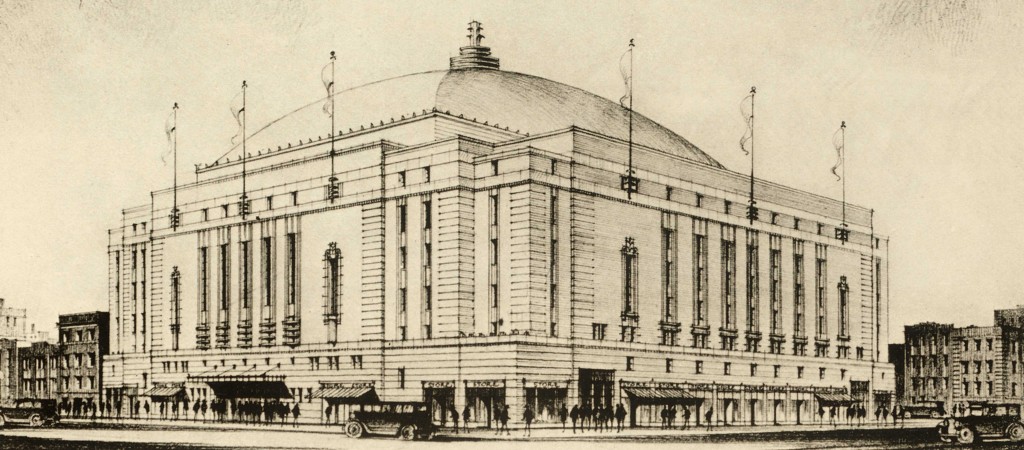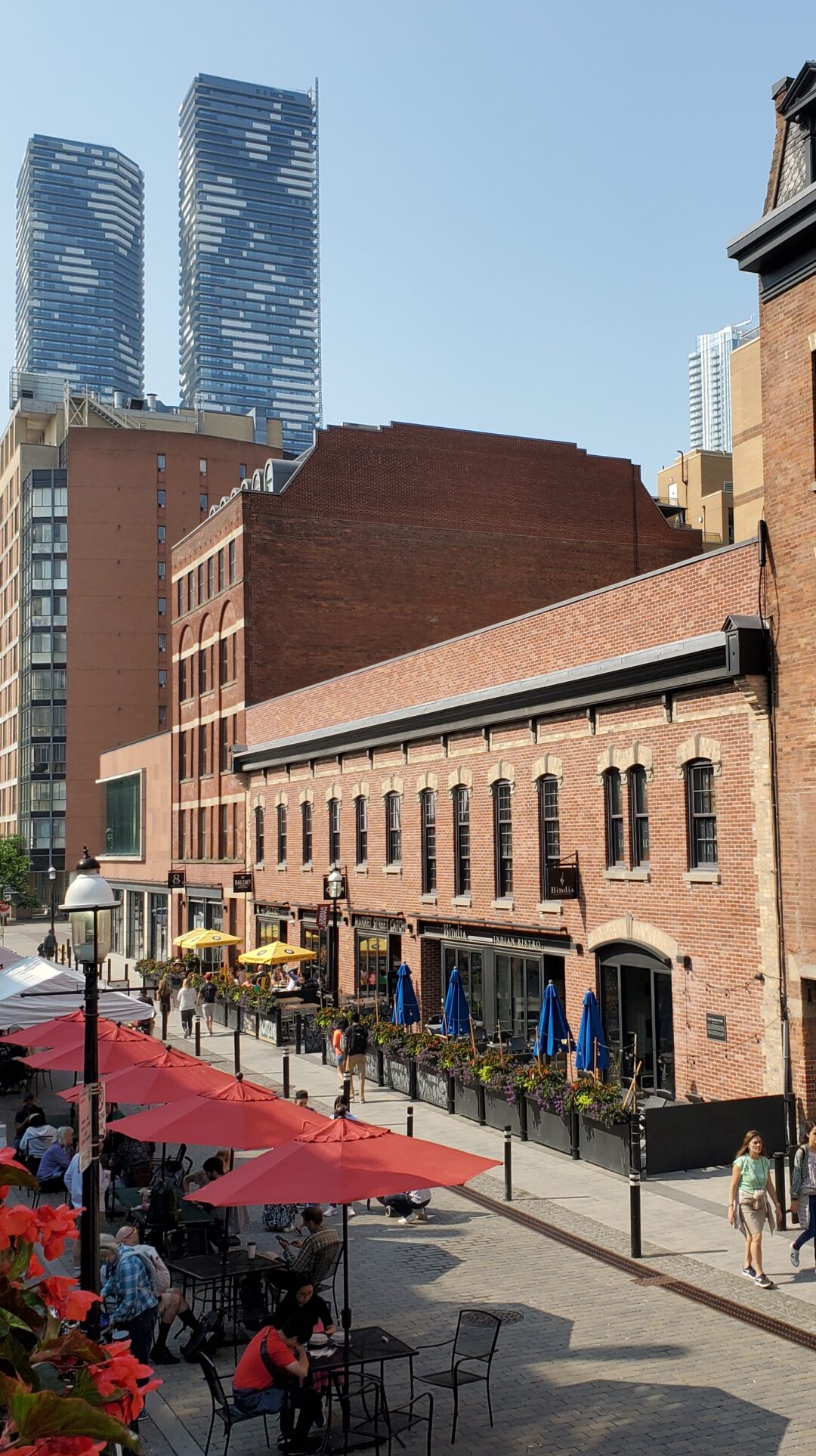By Bruce Bell –
If Multiculturalism’s embrace of all religions and cultures can best portray Toronto today, 100 years ago the word to best describe our city was Methodist.
Methodism, a sober Protestant religious congregation founded by John Wesley in England in 1726 and named for upholding a methodic practice of visiting the poor, infirmed and jailed, soon became one of the most powerful forces shaping Toronto.
Methodists came to Toronto in 1796, when preachers on horseback first visited the town of York to sermonize the word of God.
In 1818 local Methodists wanted an enclosed church building rather than an open field. (Until then, building Methodist churches was not seen as the ideal realization of Christianity.) They hired architect Robert Petch to build a church on the southwest corner of Jordan and King Streets, where today a plaque on the east side of the CIBC bank commemorates that first house of prayer.
In 1832 a second church designed by Petch was built, this time on the southeast corner of Toronto and Adelaide Streets. That much larger Methodist church survived until 1870, when it was demolished and replaced with the present-day 25 Toronto Street, originally home to the Trust and Loan Company.
The 1870s saw the rise of the Methodists as a political and social power, manifested by construction of their masterpiece of Victorian Gothic architecture; the Metropolitan Methodist Church.
The site at Queen and Church Streets was once known as McGill Square, the former estate of Captain John McGill. A member of the ruling class, McGill was given a huge tract of land along with other members of the so-called Family Compact in recognition of good deeds done in the King’s name.
Designed by visionary architect Henry Langley, this church was dubbed the Cathedral of Methodism when it opened in 1872 as the Metropolitan Wesleyan Methodist Church.
Exercising their new-found political power in 1888, the Methodists and Presbyterians churches founded the Lord’s Day Alliance of Canada to protect Sunday as a day of rest and prayer. They set out to ban (and in some cases successfull and enduring) practices such as Sunday shopping, going to ice-cream parlours, sporting events, bathing beauty contests, even window shopping and the running of streetcars.
Irate citizens began to call the church the Methodist Bicycle Company because the streetcar ban was seen as promoting bicycle sales by leading manufacturing and retail Methodist families like the Masseys and the Eatons. The proposed streetcar ban and the 1898 publication of Toronto the Good, a sobering social studies book with a Methodist and Christian Temperance slant, linked ‘Methodism’ and ‘Toronto’ well into the next century.
In 1925 the union of the Methodists and two-thirds of the Presbyterian denominations formed the United Church of Canada. The Metropolitan Wesleyan Methodist Church on Queen Street ws renamed the Metropolitan United and was chosen for the Church’s first General Council.
In 1929, moments after a fierce sermon entitled ‘The God that answereth by fire, let him be God,’ a real fire destroyed the original church. Following the fire, the church rebuilt by architect J. Gibb Morton is the one that stands on the corner today.
In 1930 the largest pipe organ in Canada, with 8,233 pipes built by Casavant Frères of Québec, was installed. Original architect Henry Langley’s tower-like spire was saved and incorporated into the new church.
St. James’ and St. Michael’s Cathedrals also have spires designed by Henry Langley. But unlike the other two slender steeples, the Metropolitan spires are bold, square-shaped and topped off with four pinnacles that give an impression of a castle’s fortress.
Today this beautiful church is still set back off Queen Street in the middle of a park, creating an attractive panorama that looks pretty the same as it did when it was first built.




